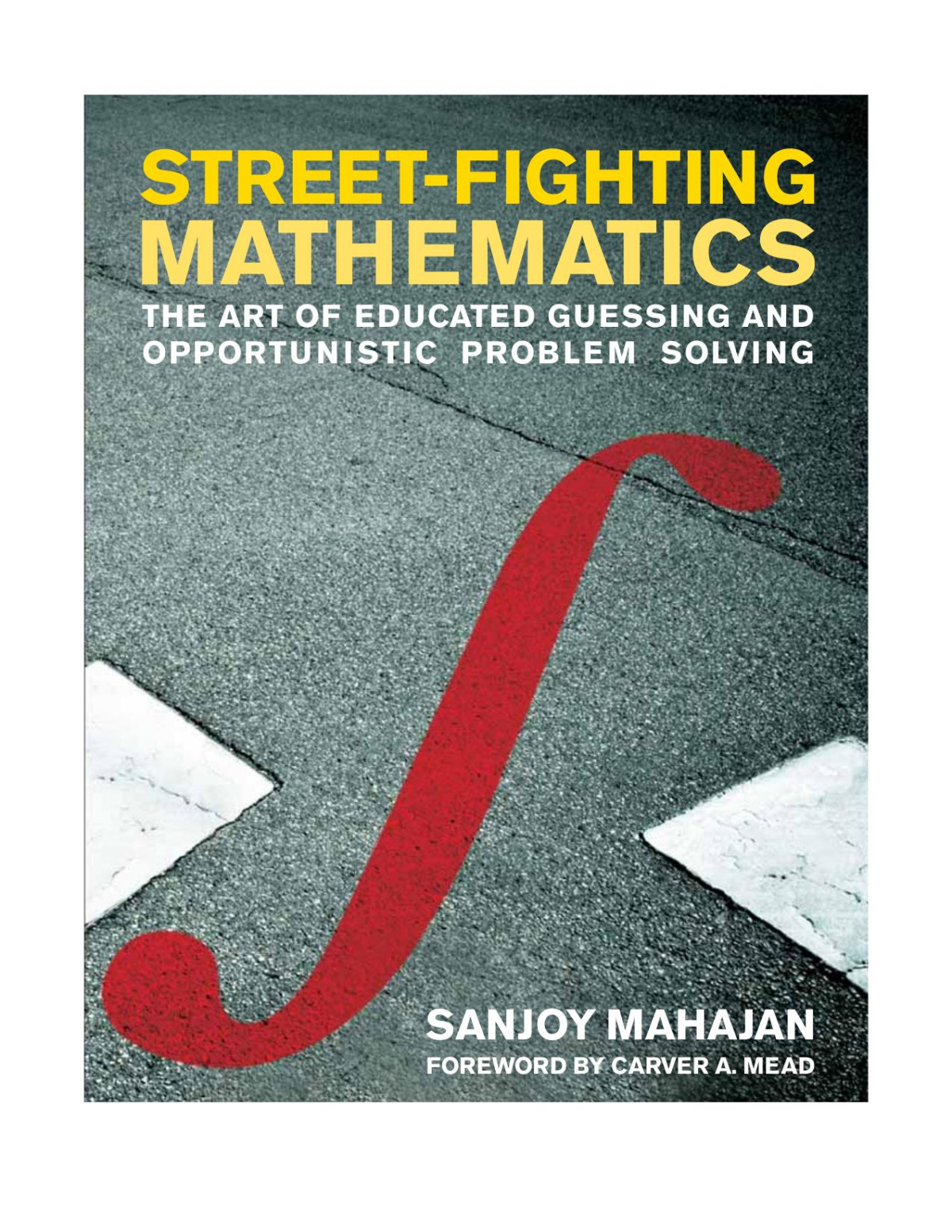

Most ebook files are in PDF format, so you can easily read them using various software such as Foxit Reader or directly on the Google Chrome browser.
Some ebook files are released by publishers in other formats such as .awz, .mobi, .epub, .fb2, etc. You may need to install specific software to read these formats on mobile/PC, such as Calibre.
Please read the tutorial at this link: https://ebookbell.com/faq
We offer FREE conversion to the popular formats you request; however, this may take some time. Therefore, right after payment, please email us, and we will try to provide the service as quickly as possible.
For some exceptional file formats or broken links (if any), please refrain from opening any disputes. Instead, email us first, and we will try to assist within a maximum of 6 hours.
EbookBell Team

0.0
0 reviewsIn problem solving, as in street fighting, rules are for fools: do whatever works—don’t just stand there! Yet we often fear an unjustified leap even though it may land us on a correct result. Traditional mathematics teaching is largely about solving exactly stated problems exactly, yet life often hands us partly defined problems needing only moderately accurate solutions. This engaging book is an antidote to the rigor mortis brought on by too much mathematical rigor, teaching us how to guess answers without needing a proof or an exact calculation.
In Street-Fighting Mathematics, Sanjoy Mahajan builds, sharpens, and demonstrates tools for educated guessing and down-and-dirty, opportunistic problem solving across diverse fields of knowledge—from mathematics to management. Mahajan describes 6 tools:
• Dimensional Analysis
• Easy Cases
• Lumping
• Picture Proofs
• Successive Approximation
• Reasoning by Analogy
Illustrating each tool with numerous examples, he carefully separates the tool—the general principle—from the particular application so that the reader can most easily grasp the tool itself to use on problems of particular interest.
Street-Fighting Mathematics grew out of a short course taught by the author at MIT for students ranging from first-year undergraduates to graduate students ready for careers in physics, mathematics, management, electrical engineering, computer science, and biology. They benefited from an approach that avoided rigor and taught them how to use mathematics to solve real problems.